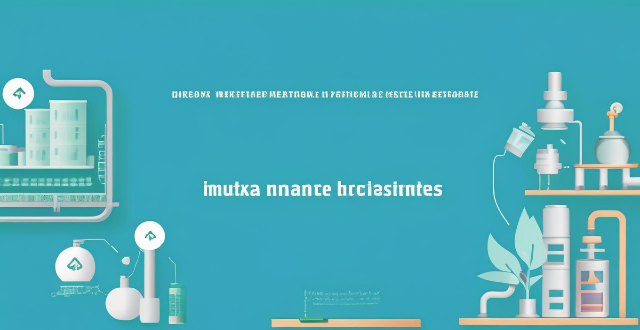Climate risk management is a multi-step approach that helps mitigate the effects of climate change on the environment. It involves identifying and assessing risks, prioritizing them, developing adaptation strategies, implementing mitigation efforts, fostering collaboration, and continuously monitoring outcomes. This proactive method aims to protect natural systems from adverse climate impacts, promote sustainable practices, and reduce greenhouse gas emissions. By adopting these measures, we can build resilience against climate-related risks and contribute to a more sustainable future for all.

How Climate Risk Management Can Mitigate the Effects of Climate Change on the Environment
Climate risk management is a proactive approach that involves identifying, assessing, and prioritizing risks associated with climate change. It aims to develop strategies and implement measures to reduce these risks and protect the environment from the adverse effects of climate change. Here's how it can help:
Identification and Assessment of Risks
The first step in climate risk management is to identify and assess the potential risks posed by climate change. This includes analyzing historical data, current trends, and future projections to determine the likelihood and severity of various climate-related events such as floods, droughts, heatwaves, and storms. By understanding these risks, stakeholders can develop appropriate response strategies.
Prioritization of Risks
Once the risks have been identified and assessed, they need to be prioritized based on their potential impact on the environment, economy, and society. This helps ensure that resources are allocated effectively to address the most significant threats first. For example, if a region is particularly vulnerable to flooding, efforts may be focused on improving flood defenses and implementing early warning systems.
Development of Adaptation Strategies
Adaptation strategies are designed to reduce the vulnerability of natural and human systems to the impacts of climate change. These strategies can include building resilient infrastructure, developing sustainable land use practices, promoting ecosystem restoration, and enhancing community preparedness for extreme weather events. By adapting to changing conditions, we can minimize the negative consequences of climate change on the environment.
Mitigation Efforts
In addition to adaptation, mitigation efforts aim to reduce greenhouse gas emissions and slow down the rate of climate change. This involves transitioning to renewable energy sources, improving energy efficiency, and adopting low-carbon transportation options. By reducing our carbon footprint, we can lessen the overall impact of climate change on the environment.
Collaboration and Partnerships
Effective climate risk management requires collaboration among governments, businesses, communities, and individuals. By working together, stakeholders can share knowledge, resources, and best practices to develop comprehensive strategies that address the complex challenges posed by climate change. This collaborative approach ensures that all aspects of climate risk management are considered and that solutions are tailored to local conditions and needs.
Continuous Monitoring and Evaluation
Finally, it is essential to continuously monitor and evaluate the effectiveness of climate risk management strategies. This allows for adjustments to be made as new information becomes available or as conditions change. By staying vigilant and adaptive, we can better protect the environment from the ever-evolving challenges presented by climate change.
In conclusion, climate risk management plays a crucial role in reducing the impact of climate change on the environment. Through identification, assessment, prioritization, adaptation, mitigation, collaboration, and continuous monitoring, we can build resilience against climate-related risks and work towards a more sustainable future for all.